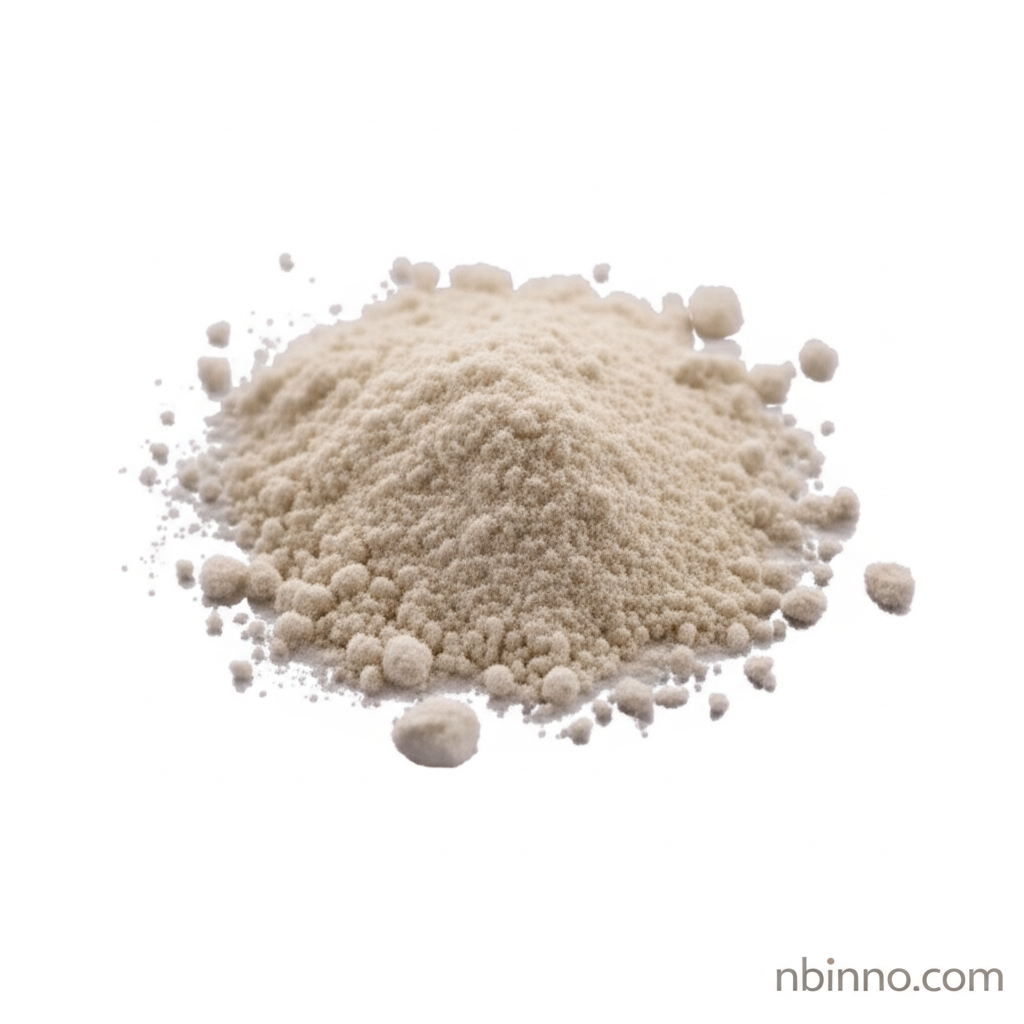4-Ethynylbenzaldehyde CAS 63697-96-1: A Versatile Pharmaceutical Intermediate
Discover the key properties and applications of 4-Ethynylbenzaldehyde, a vital building block in pharmaceutical synthesis.
Get a Quote & SampleProduct Core Value

4-Ethynylbenzaldehyde
As a crucial pharmaceutical intermediate, 4-Ethynylbenzaldehyde (CAS 63697-96-1) plays a pivotal role in the creation of complex organic molecules essential for drug development. Its unique structure allows for diverse chemical transformations, making it a valuable asset in various synthetic pathways.
- Leverage 4-ethynylbenzaldehyde CAS 63697-96-1 purity for your advanced synthesis needs, ensuring reliable results in your pharmaceutical R&D projects.
- Understand the precise p-ethynylbenzaldehyde molecular formula (C9H6O) to effectively plan your reaction stoichiometry and optimize yields.
- Utilize the known 4-acetylenylbenzaldehyde melting point (89-93°C) for proper handling and storage conditions in your laboratory.
- The characteristic benzaldehyde, 4-ethynyl- boiling point of 223.8°C at 760 mmHg is critical for distillation and purification processes in chemical manufacturing.
Advantages Offered
High Purity for Reliable Synthesis
The high purity of 4-ethynylbenzaldehyde (97% min) is essential for achieving consistent and predictable outcomes in pharmaceutical synthesis, minimizing side reactions and ensuring product quality.
Versatile Building Block
As a key building block in organic synthesis, this compound enables the construction of diverse molecular structures, supporting innovation in drug discovery and development.
Well-Characterized Properties
With clearly defined physical and chemical properties, including its melting and boiling points, researchers can confidently integrate it into their experimental designs and production processes.
Key Applications
Pharmaceutical Synthesis
The primary application of 4-ethynylbenzaldehyde is as an intermediate in the synthesis of active pharmaceutical ingredients (APIs), contributing to the development of new therapeutic agents.
Organic Chemistry Research
Researchers in organic chemistry widely use this compound for various synthetic transformations and as a starting material for novel chemical entities.
Fine Chemical Manufacturing
It serves as a valuable component in the fine chemical industry, where precise molecular structures are required for specialized applications.
Drug Discovery Building Block
Its functional groups make it an ideal building block for combinatorial chemistry and fragment-based drug discovery efforts.
